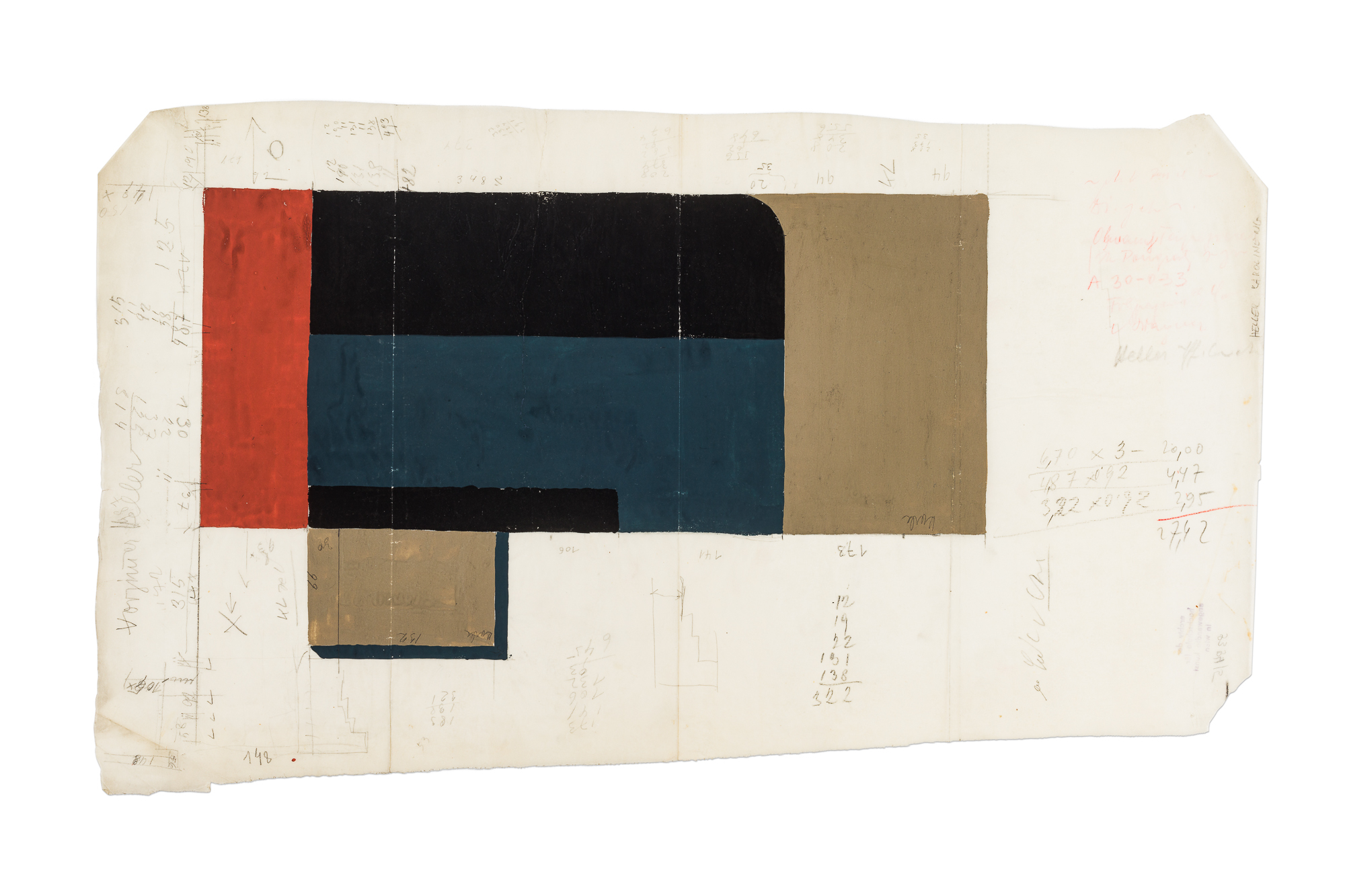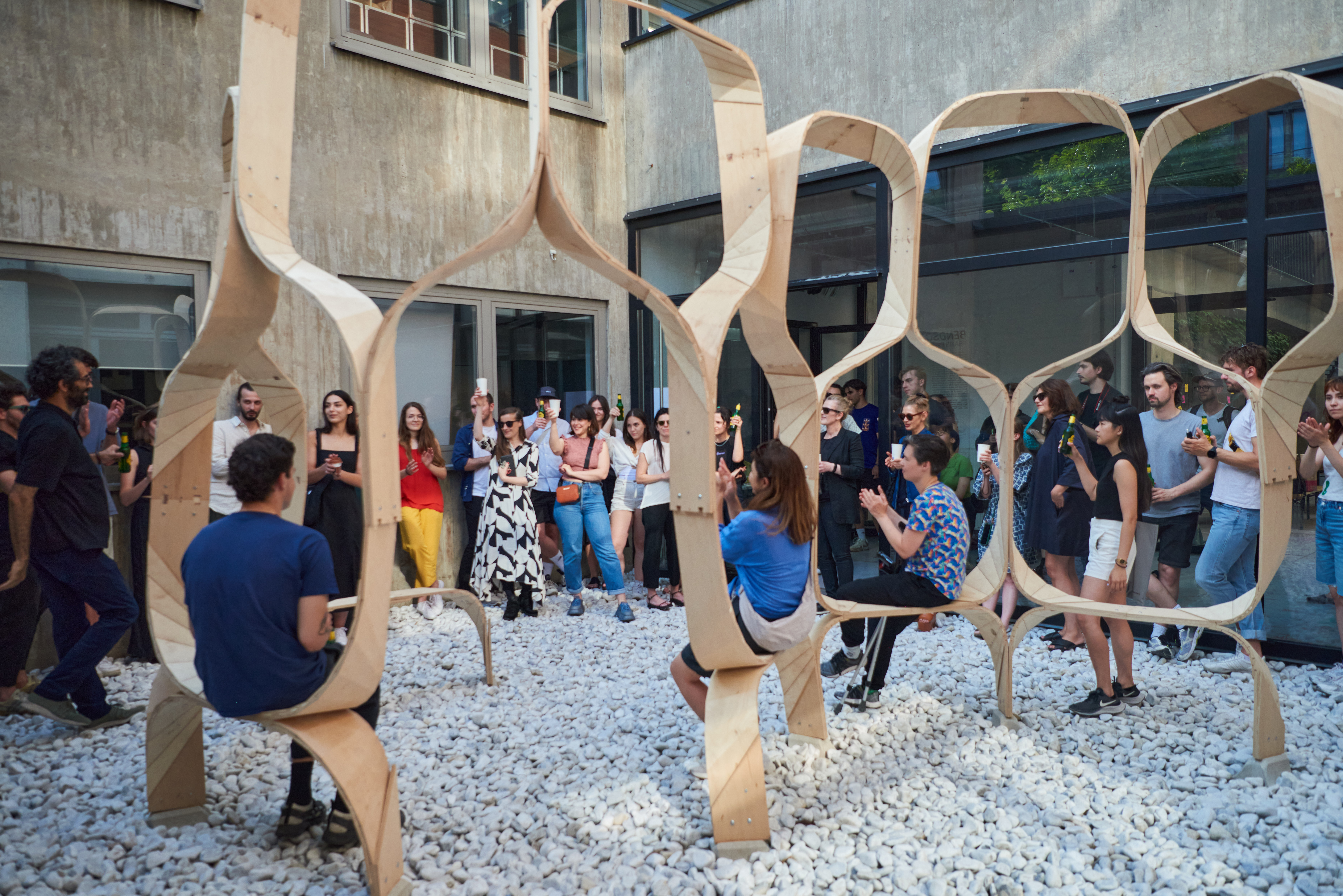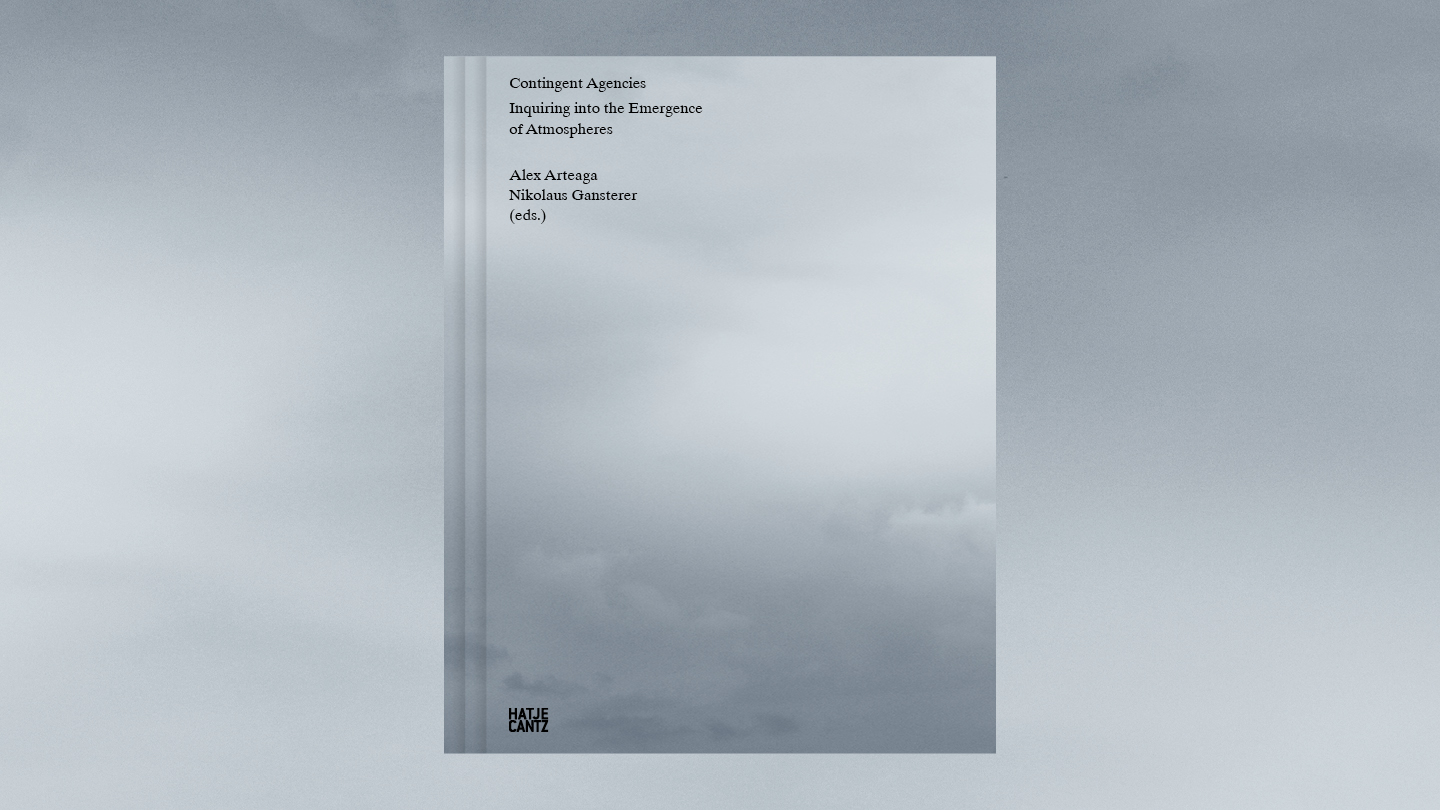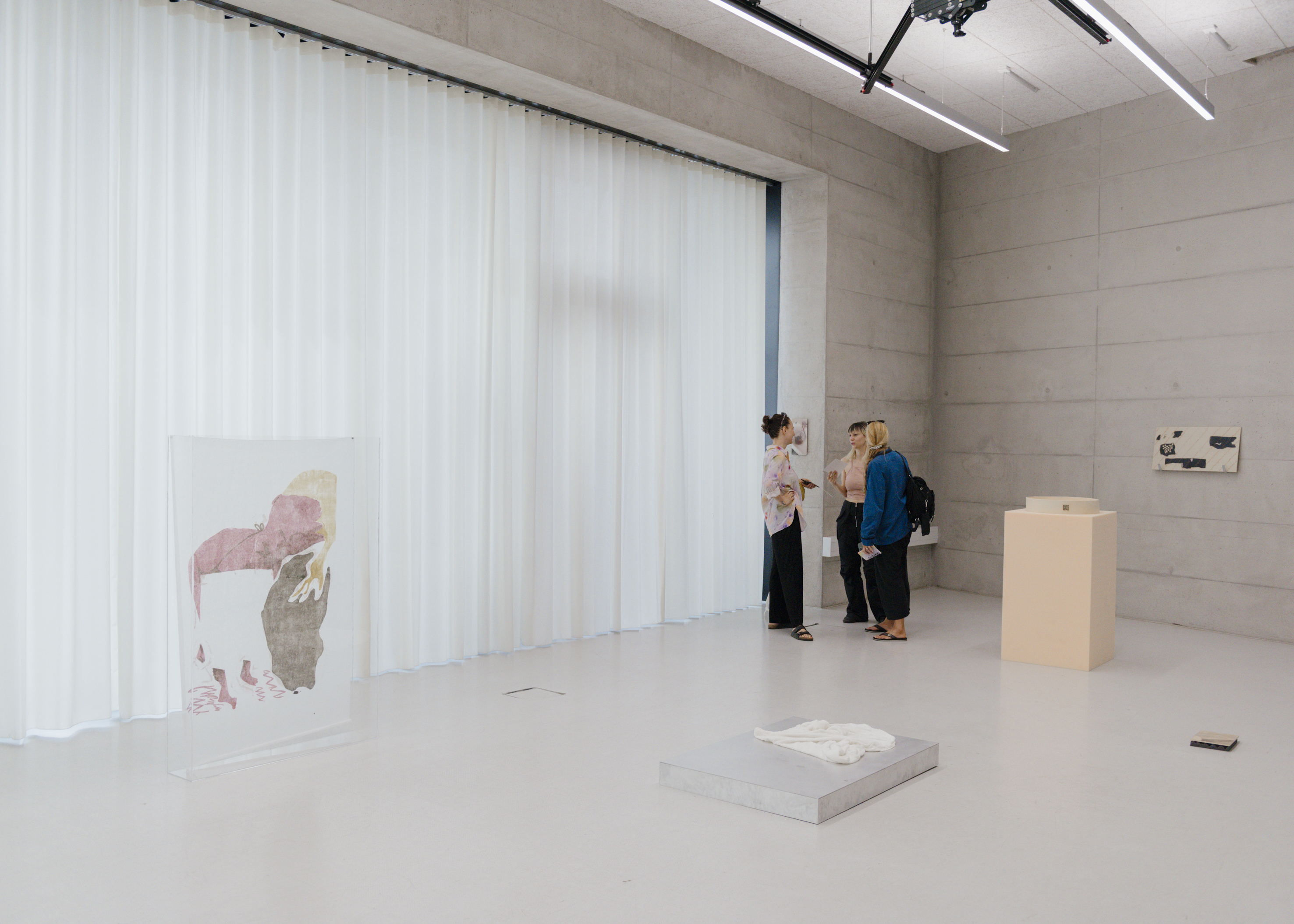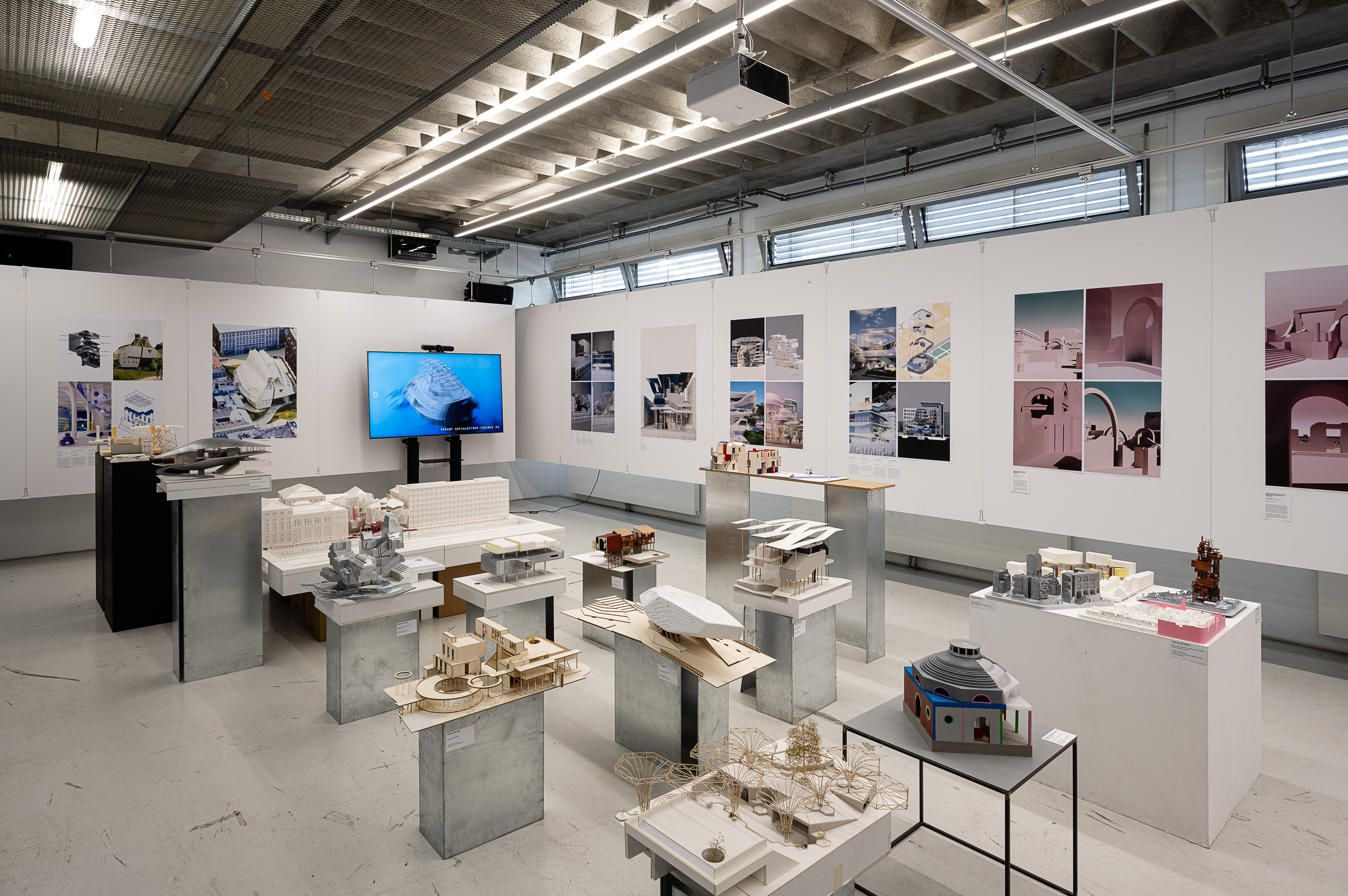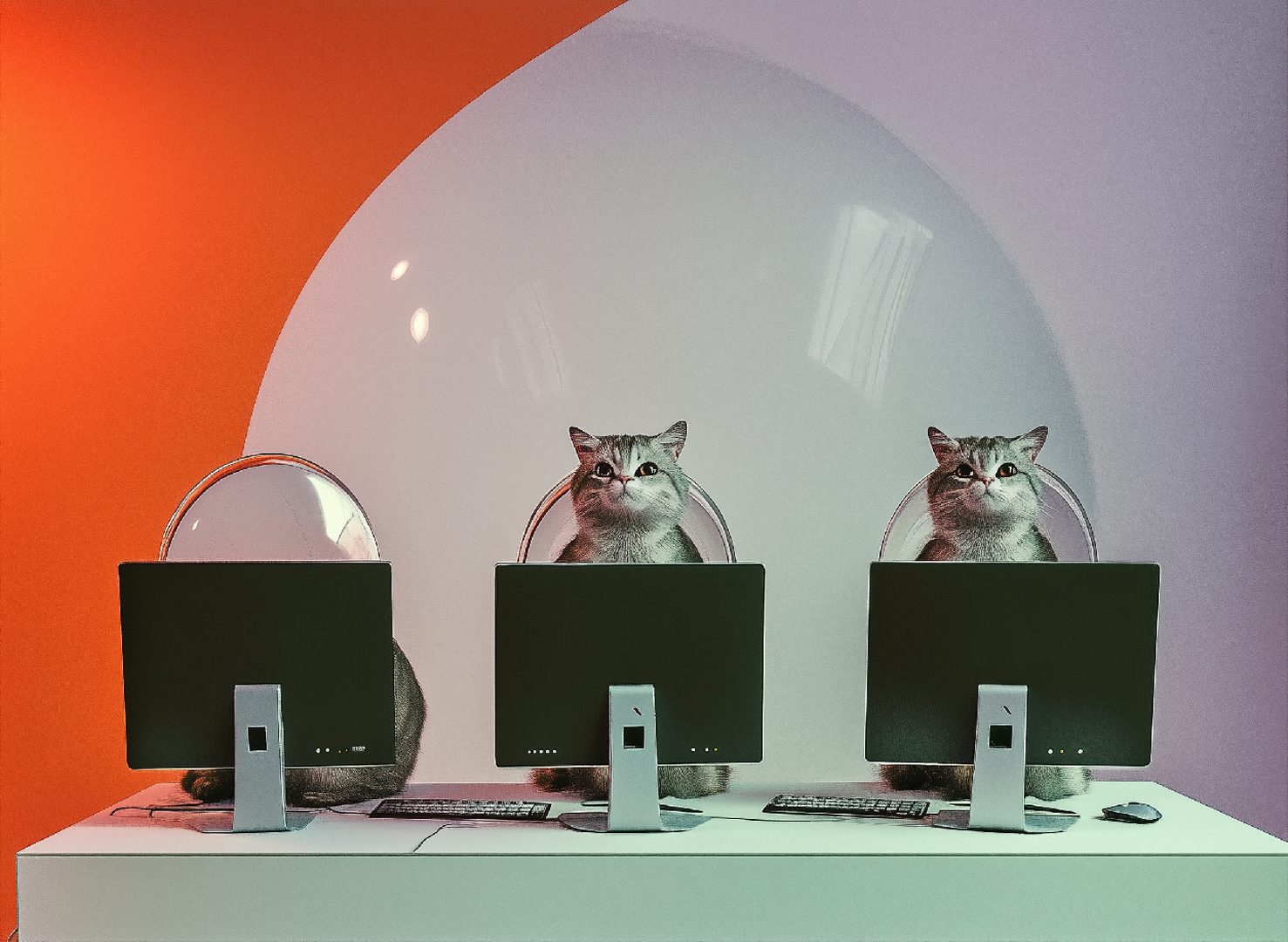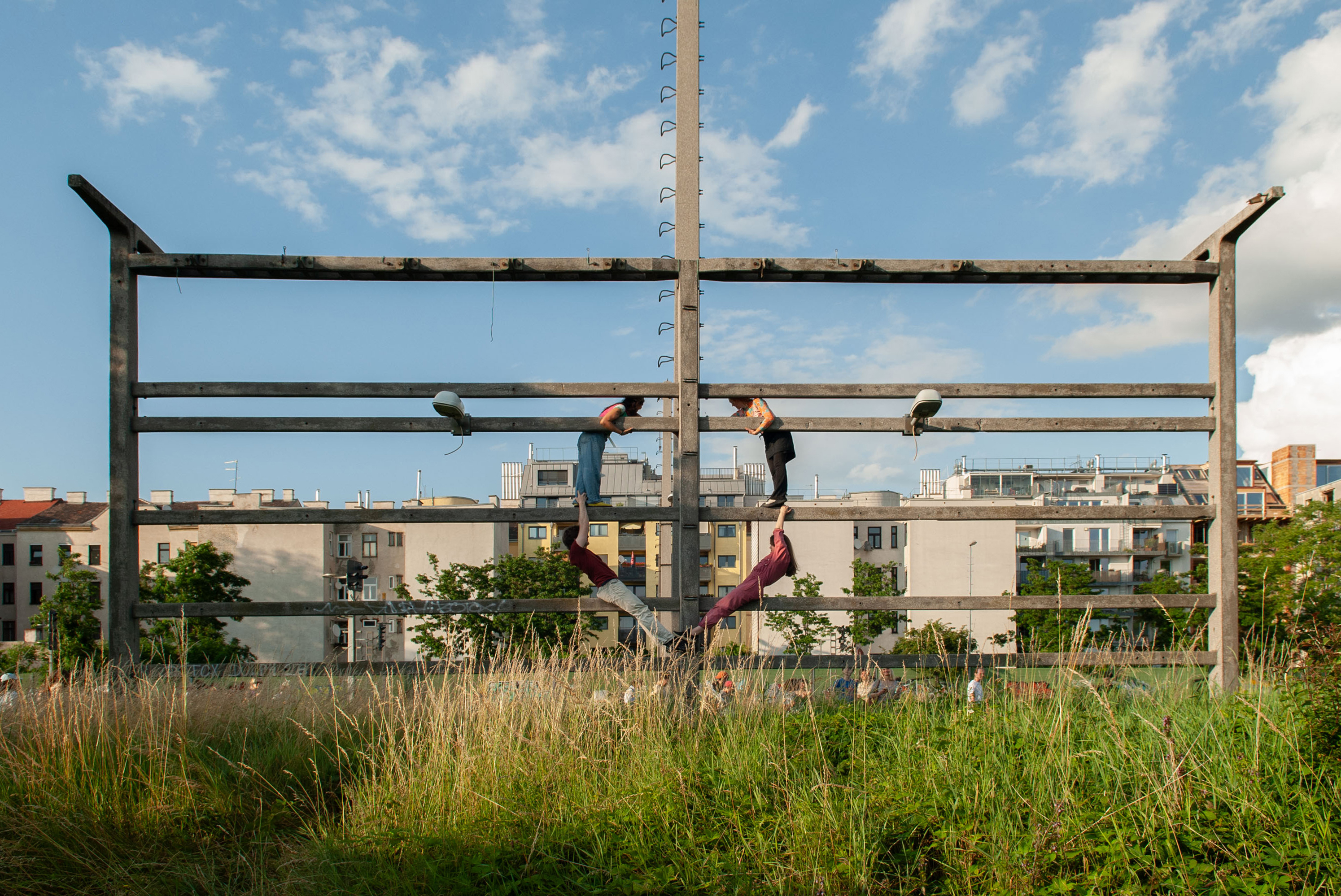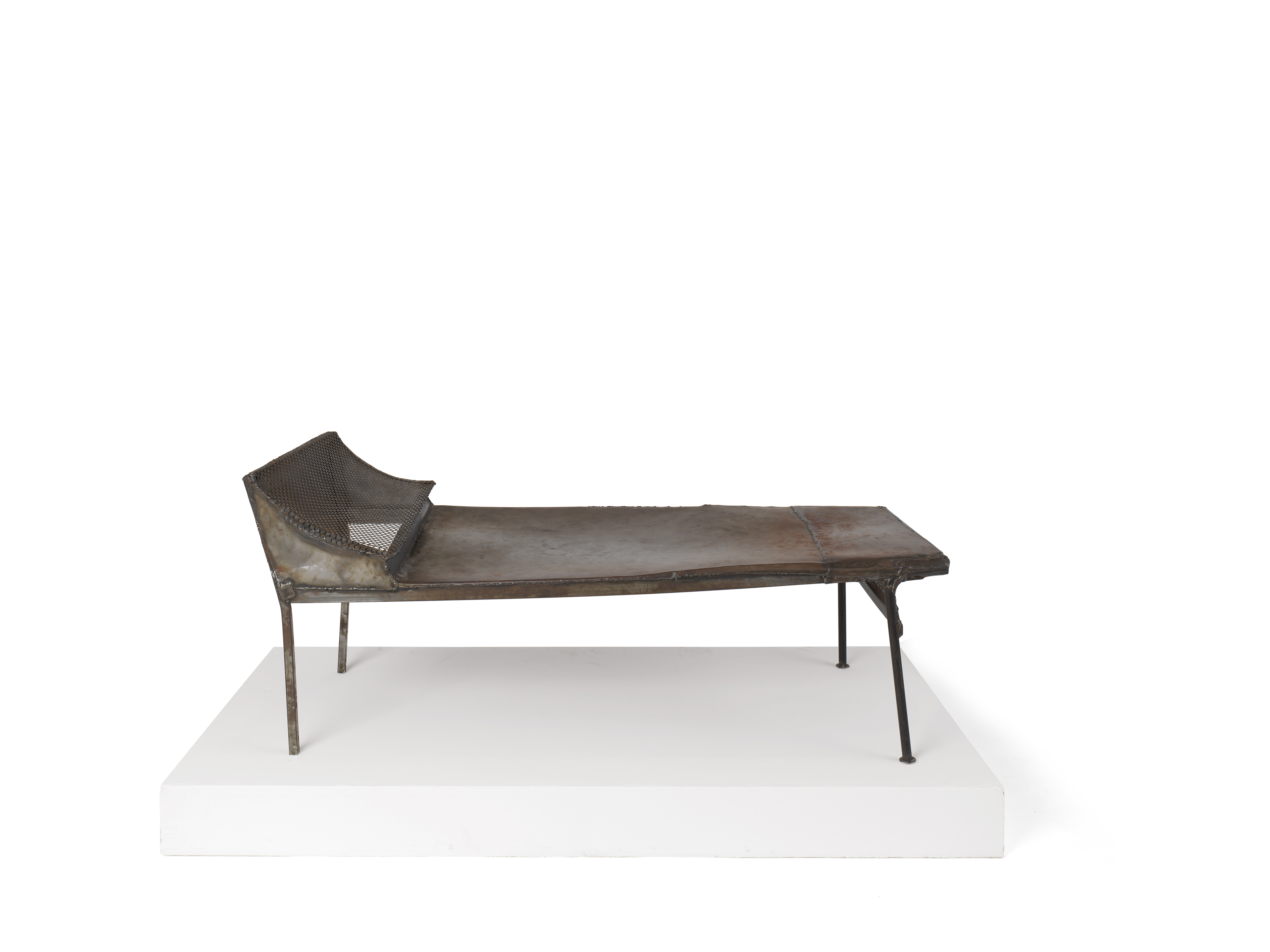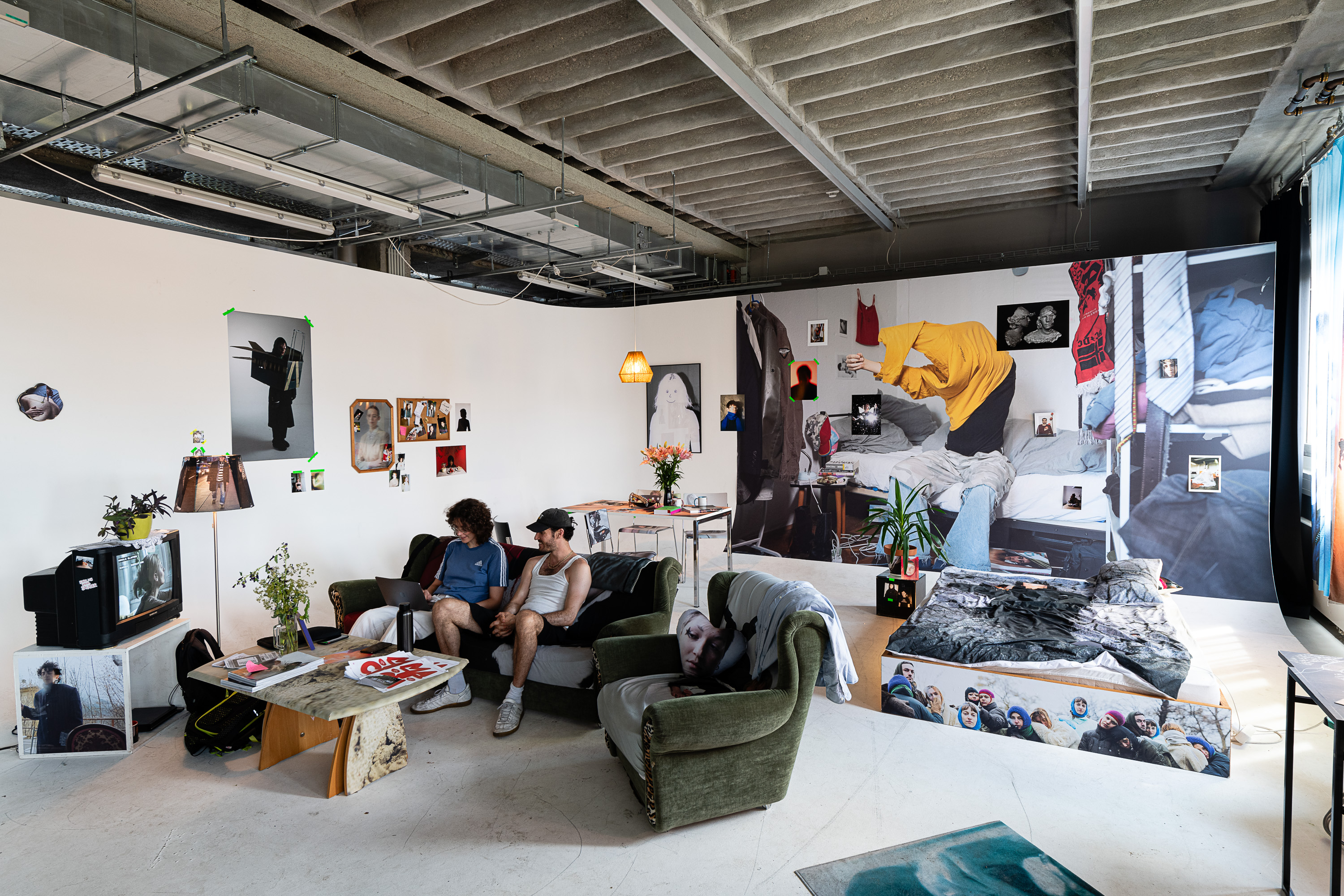September 23–November 26, 2022
Vienna 1010
Austria
The artistic work of Friedl Dicker-Brandeis (1898–1944) is marked by production across media, ranging from graphics and paintings to designs for costumes and stage sets, toys, interiors and modular furniture, through fabrics, bags, and book covers to politically engaged art. Throughout her short career she also worked as an art teacher—a practice she pursued even after she was deported to the concentration camp Terezín and up until her murder at Auschwitz in 1944. Dicker’s oeuvre emerges from her on-going professional engagement with a variety of environments and collaborations. Its complexity distinguishes her as an outstanding artist; however, she also belongs to a generation of women artists still only present at the margins of the received history of European Modernism.
There are various reasons for Dicker’s neglect and the prevailing reading of Dicker as merely the partner of the architect Franz Singer. Her gender, class, and ethnic identity have played just as large a role in this process of marginalization as has the material destruction of central parts of her rich architectural oeuvre—a destruction itself contingent upon her oppression as a socialist and her persecution as a Jew under the rise of fascism and the National Socialist regime. Still today, the engagement with her oeuvre has to be continued.
The tendency of 20th-century art history to uphold a separation of genres and of media as well as the segregation of the visual and the applied arts have further complicated attempts to classify and interpret Dicker's interdisciplinary oeuvre. The transgression of established categories is already reflected in the artist’s early work. In naming their first company “Werkstätten bildender Kunst GmbH” (Workshops for Visual Arts), Dicker and Singer articulated an understanding of their cross-genre multimedia artistic production as visual arts and material labor for social life as a whole. The exhibition takes up this observation conceptually. Based on works from the collection of the University of Applied Arts Vienna, the show explores the material, formal and thematic versatility of Dicker’s artistic production and thereby aims to deepen and differentiate the perspectives on the artist’s oeuvre. It not only addresses the artist’s diverse working methods and their political contexts but also makes visible the intellectual and artistic milieus with which she was associated. To this end, the exhibition sheds light on her multifaceted education at institutions such as the Wiener Graphische Versuchs- und Lehranstalt, the Wiener Kunstgewerbeschule, and the Weimar Bauhaus. It reconstructs her diverse personal networks reaching far beyond the art field, and traces her own engagement with contemporary developments in art and theory. Friedl Dicker-Brandeis thus becomes visible as a figure who, despite her precarious living and production conditions as a jewish, socialist woman from the lower middle class, elaborated versatile, unusual and resistive art works for many different communities and contexts.
The exhibition furthermore explores a collection that includes works from all important phases of the artist’s work. It is closely connected to the engagement of Oswald Oberhuber, who as an artist, curator and rector of the University of Applied Arts Vienna was committed to the re-establishment of avant-garde artists and figures of the Austrian cultural landscape who had been murdered, displaced and marginalized by fascism. He presented the artist for the first time in his exhibition Österreichs Avantgarde 1900–1938. Ein unbekannter Aspekt (Austrian Avant-garde 1900–1938. An unfamiliar aspect) at Galerie nächst St Stephan in 1976 as well as in the show Die Vertreibung des Geistigen aus Österreich. Zur Kulturpolitik des Nationalsozialismus in 1985.
Friedl Dicker-Brandeis. Workshops for Visual Arts is related to a two-year research project whose results will be published in English and German with de Gruyter in 2022. The monograph will be presented as part of the Vienna Art Week on November 22, 2022 and can be ordered at bookshops and online worldwide.
In spring 2023, the exhibition will be shown at the Graphische Sammlung ETH Zurich in Switzerland.
About the artist
Born in 1898 in Vienna, Friedl Dicker-Brandeis studied with Johannes Itten and Arnold Schönberg and at the Vienna Graphische Versuchs- und Lehranstalt and the Vienna Kunstgewerbeschule before enrolling at the Weimar Bauhaus in 1919. Together with Franz Singer she worked for Berthold Viertel’s cooperative theater ensemble, after which they founded the company Werkstätten bildender Kunst GmbH in Berlin in 1923 followed by an interior design firm in 1926 that realized a number of projects in Vienna and beyond. In the 1930s, she became an art teacher for kindergarteners of Red Vienna and produced a series of large-sized photocollages that addressed the causes and effects of social inequality before she was imprisoned on allegations of passport forgery in 1931/32. Shortly after her release, she emigrated to Prague, where she continued her engagement in communist circles and her work as an art teacher and designer of interiors. In 1938, Dicker-Brandeis moved to the Czechoslovakian town Hronov together with her husband Pavel Brandeis, where they lived and worked until their deportation to the concentration camp Terezín. There, the artist intensified her work as a teacher. In 1942, Dicker-Brandeis was murdered in Auschwitz.
Curatorial credit
Friedl Dicker-Brandeis. Workshops for Visual Arts is curated by Cosima Rainer, Director of Collection and Archive at the University of Applied Vienna, in collaboration with the art historian Stefanie Kitzberger, Research Associate at the institute, and the artist Robert Müller.
Exhibition support
This exhibition is generously supported by the National Fund of the Republic of Austria for Victims of National Socialism.
About Collection and Archive at the University of Applied Arts Vienna
The institute Collection and Archive creates exhibitions, publications, conferences, and collaborative projects aimed at fostering engagement with modern artists entangled with the history of the former Vienna School of Applied Arts and with current artistic positions, discourses, and formations at the University of Applied Arts Vienna. Located in downtown Vienna, the Collection and Archive is open to the public and particularly supports the research of scholars and students.
Hours: Wednesday–Saturday, 2–6pm
T +43 1 71133 3255 (Collection and Archive)
T +43 1 71133 6300 (University Gallery)

